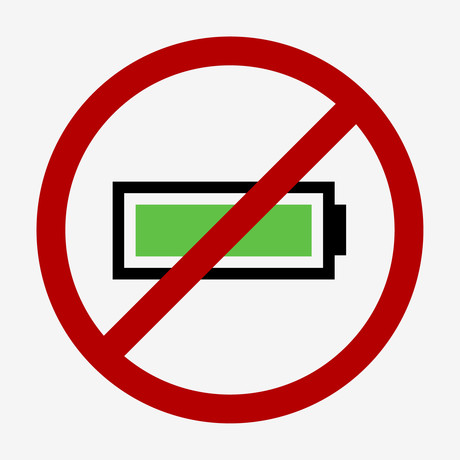Low-power electronics are operating without batteries

Wireless electronic and electrical products consuming microwatts, milliwatts and more are beginning to operate without batteries or even capacitors to store energy, according to a new report from market research company IDTechEx.
‘Engineering Battery Elimination in Electronics and Electrical Engineering 2018–2028’ explains how batteries have serious limitations of cost, safety, performance and life. This is of particular concern given the rise of the Internet of Things, as IoT nodes cannot be widely deployed if their batteries have to be constantly replaced — especially given that they may very well be embedded in inaccessible places.
As electronics and electrics need far less energy nowadays, this makes the prospect of battery elimination more feasible, with alternatives including ultralow-power ARM chips, LEDs and high-voltage, high-speed traction motors, for example. The report thus examines the many ways of eliminating batteries, referring to many examples currently operating — for example, the piezoelectric gas lighter and the bicycle light with dynamo.
The report makes particular mention of the EnOcean wireless building controls such as sensors, lights and light switches, installed in over 400,000 buildings and boats — 30,000 of which are in Madrid’s Torre Crystal building alone. The controls are powered through energy harvesting, sometimes using multiple methods at a time in order to reduce intermittency and increase security of supply. In the case of EnOcean, its products utilise electrodynamic, photovoltaic and thermoelectric power. To further enhance its virtuosity as a ‘no battery’ company, EnOcean is also developing vibration harvesting and thermoelectrics that operate using tiny inputs.
The report also details a battery-less 3.5 mW mobile phone from the University of Washington and a city pollution sensor from Drayson Technologies, both harvesting ambient radio to make their electricity — something only possible now that circuits use much less power. The battery-free phone will also use solar power and involves a total rethink of the phone system.
“We are talking not only of eliminating batteries from more and more mobile electronics but heading for achieving this with non-toxic everyday materials and even biocompatible or biodegradable structural electronics,” said Dr Peter Harrop, lead author of the report. “It is an exciting alternative to the old components-in-a-box approach with troublesome materials.”
The report can be found on the IDTechEx website.
Electronex Sydney a major success
More than 1000 trade visitors and delegates have attended the Electronics Design & Assembly...
Gartner: Global AI chips revenue to grow 33% in 2024
Gartner has forecast that the revenue from AI semiconductors globally will total $71 billion in...
Electronex Expo returns to Sydney for 2024
Electronex — the Electronics Design and Assembly Expo will return to Sydney in 2024,...





